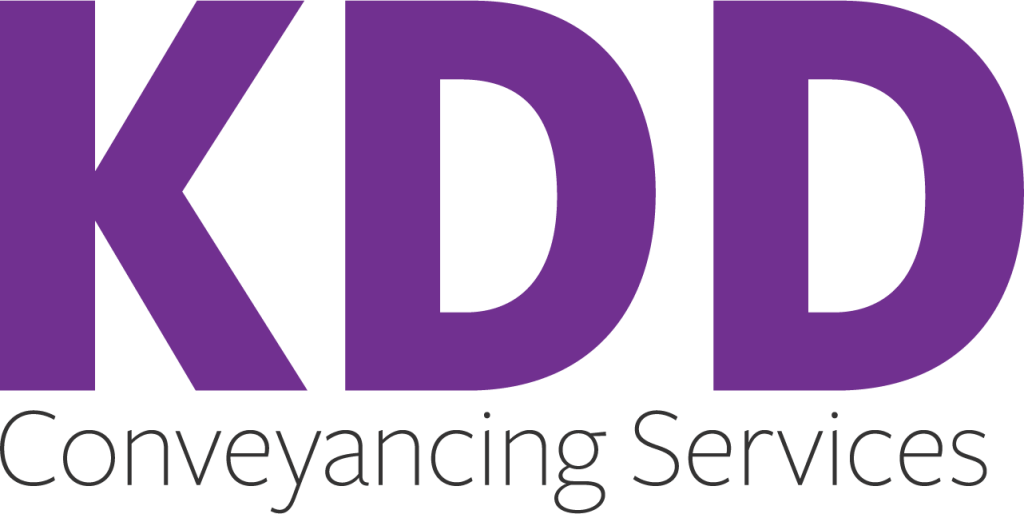How To Buy Property With Your Self-Managed Super Fund

THE PURCHASE OF A RESIDENTIAL OR COMMERCIAL INVESTMENT PROPERTY FROM YOUR SELF-MANAGED SUPER FUND CAN OFFER SEVERAL SIGNIFICANT BENEFITS.
You are generally assured of a steady stream of rental income and the possibility of capital appreciation as well. But, the high prices of real estate prevents many would-be investors from entering the property market. One option that is available to individuals who want to invest is to buy property with your SMSF (Self-Managed Super Fund).
An SMSF is a private superannuation fund that is regulated by the Australian Tax Office. An SMSF can have up to four members and therefore it is possible to pool resources to buy a residential unit or a commercial property that would have been unaffordable otherwise.
So, what are the rules governing the use of SMSF money to buy real estate?
Is it advisable to divert your savings for retirement into a property?
RULES GOVERNING THE PURCHASE OF PROPERTY USING SMSF SUPER FUND MONEY
There are several conditions that must be satisfied if you want to use your SMSF balance to buy real estate.
- The property must pass the ‘sole purpose test’. This means that the objective of buying the property must be only to provide retirement benefits to the SMSF members.
- The SMSF cannot buy the property from a related party of the member.
- SMSF members or related parties cannot live in the property, nor can it be rented out to them.
But there is one concession for small business owners: SMSF money can be used to purchase your business premises and you can rent these premises back from the trust.
USING YOUR SMSF MONEY PLUS ADDITIONAL BORROWED FUNDS TO BUY AN INVESTMENT PROPERTY
Remember that when you set up an SMSF, you are on your own. Each member is required to become a trustee of the private fund that is established. While you can hire experts to guide and advise you, the final decision on operational activities is yours. If your fund loses money due to fraud, you will have to bear the loss. You cannot even approach the Superannuation Complaints Tribunal for assistance.
However, if you are careful, there are tremendous benefits to be gained in using your SMSF balance for a property purchase. You are even allowed to borrow additional funds to finance your purchase. To do this, your SMSF needs to enter into a “limited recourse borrowing arrangement” (LBRA) that is specifically designed for SMSF borrowers. A loan under LBRA indicates that the lender has recourse to the specific asset that has been financed and is held in the trust. There is no recourse to the other assets in the SMSF.
WEIGHING THE PROS AND CONS.
In addition to being able to buy a property that would have otherwise been unaffordable, using your SMSF to purchase real estate provides several other advantages. A significant benefit is the tax concessions that you enjoy. The earnings in your SMSF are taxed at only 15%. Additionally, if you sell the property after a minimum holding period of a year, you pay only 10% as capital gains tax.
There are downsides as well. Establishing an SMSF is expensive. It also takes a great deal of time and effort to manage it. But if you identify a property that has the potential to appreciate in value over the long-term, it could be well worth the effort to set up an SMSF to buy it.
As always, it’s best to get professional, unbiased advice when planning an investment strategy. Also, plan for the long term – when will you review your strategy, how will you
ensure it’s regularly updated to best suit your circumstances, do you need insurance for each member of your SMSF?
Get good advice then start making decisions. Buying property with your SMSF could be a solid way to enter the investor’s market.
KDD Conveyancing services can help settle investment property from your Self-Managed Super Fund. Contact our settlement agents today for further information.
